Hopefully by the end you will feel more confident with tech bindings and may even consider trying them out.
History
To understand tech bindings, it helps to understand the reason they were first invented.
Their concept was to use the boot as the connecting rig between the heel and toe of the binding.

To step into the toe piece there are a number of ways.
The heel insert is shaped a little like a triangle, with the narrower end pointing down.
How easily these pins open is controlled by the vertical release which I will cover later.
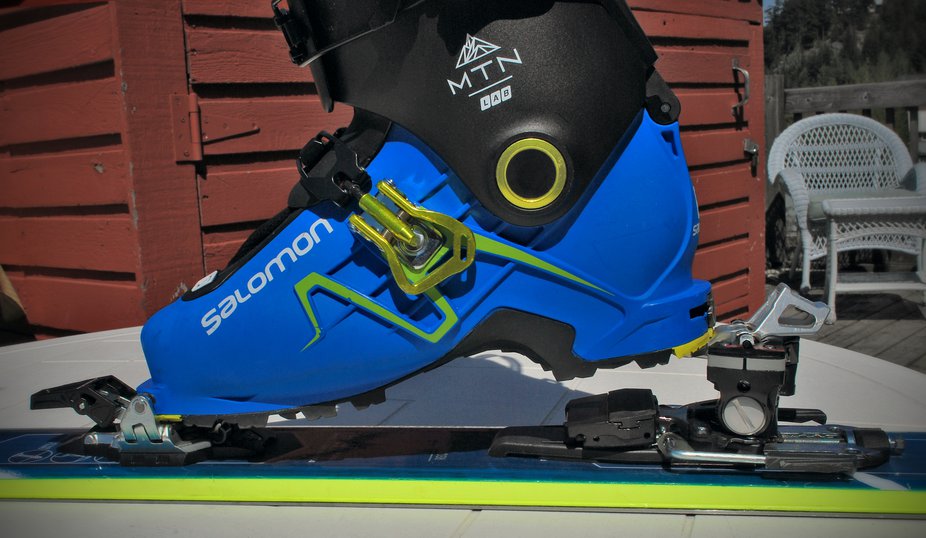
Taking the foot out of the binding is also unlike an alpine binding.
Rather then pushing down the heel, you push the small lever on the toe piece.
This lever opens the wings, releasing the toe of the boot.

Turning the heel engages a small tab which holds the brake up out of the way when touring.
For steeper climbs it can help to use the risers to keep you in a more comfortable climbing position.
One big benefit of tech bindings is the truly flat tour mode which is achieved by using neither riser.

When you are ready to ski again you simply turn the heel unit back 90degrees anti-clockwise.
This re-engages the brake and rotates the heel pins back into position to hold the boot in place.
The Dynafit Radical does have release options but these do not equate to DIN options.
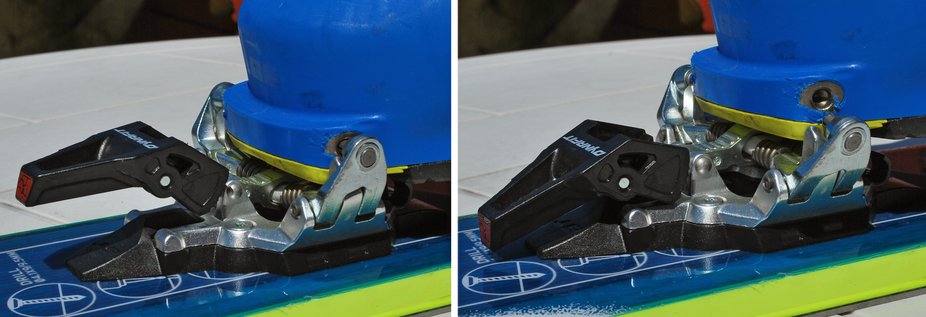
These set the vertical (forward) and lateral (sideways) release values.
These options work independently of each other and can be set differently if required.
The vertical release stops the pins from opening which could release the heel of the boot.

Firstly the heel will rotate and then the wings of the toe will open to release the boot.
This does however bring up issues where if you have a slow fall the ski is not coming off.
Its hard to equate the release of a tech binding to that of an alpine binding.
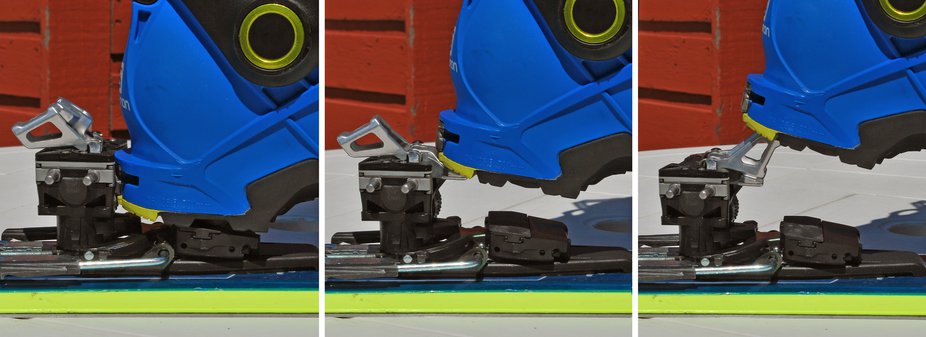
The Radical ST for example weighs 531g compared to 1510g for a Salomon Guardian.
I do also find the way the boot pivots in the toe piece to be very efficient.
Con’s
The main complaint I have with tech bindings is the lack of lateral hold on the boot.

You may wonder what this means, but its quite simple.
What this means skiing is you could get an inconsistent feel to the skis and bindings.
The heel itself has no elasticity, meaning it can not move as the ski flexes.

The durability however is not up there with alpine bindings I have found.
I had 3 sets to test and over a 3 week period I broke one set.
So what else is available?
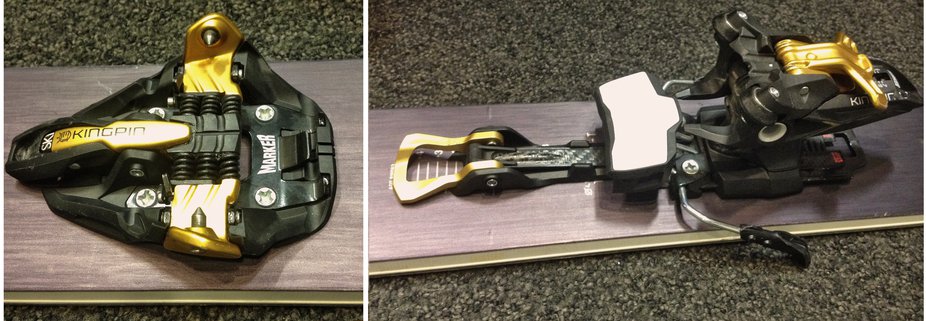
What was needed was something different, up step the Marker Kingpin.
By doing so Marker have been able to combine the best elements of both alpine and tech bindings.
It is worth checking your boots can work as not all will.
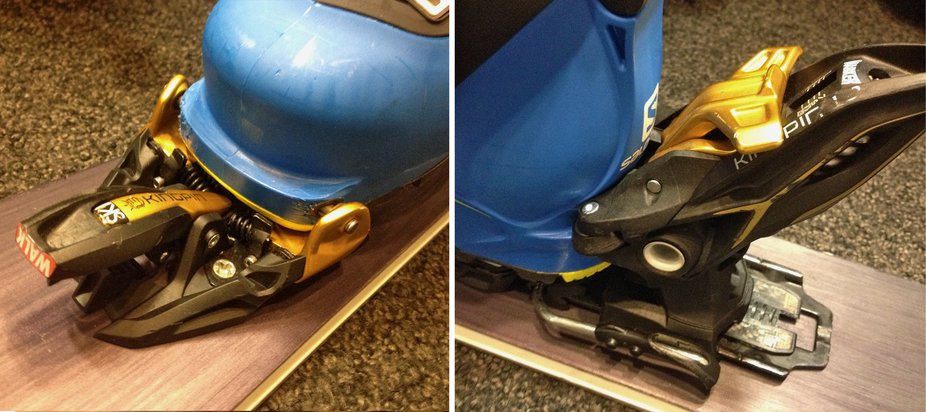
Perhaps most importantly Marker have been able to produce the Kingpin to DIN standards.
This is a massive factor for me.
Holding the heel down from above is so much more solid then the two pins used on tech bindings.

Overall
So hopefully this has taken some of the mystery away from tech bindings.
Having skied both styles I would not personally buy any other binding then the Marker Kingpin for touring.
Both these boots are totally new products and are very different from what either brand has tried before.

But getting into the touring market so late would they be playing catch up to the more established brands?
Read my full reviews tomorrow to find out.